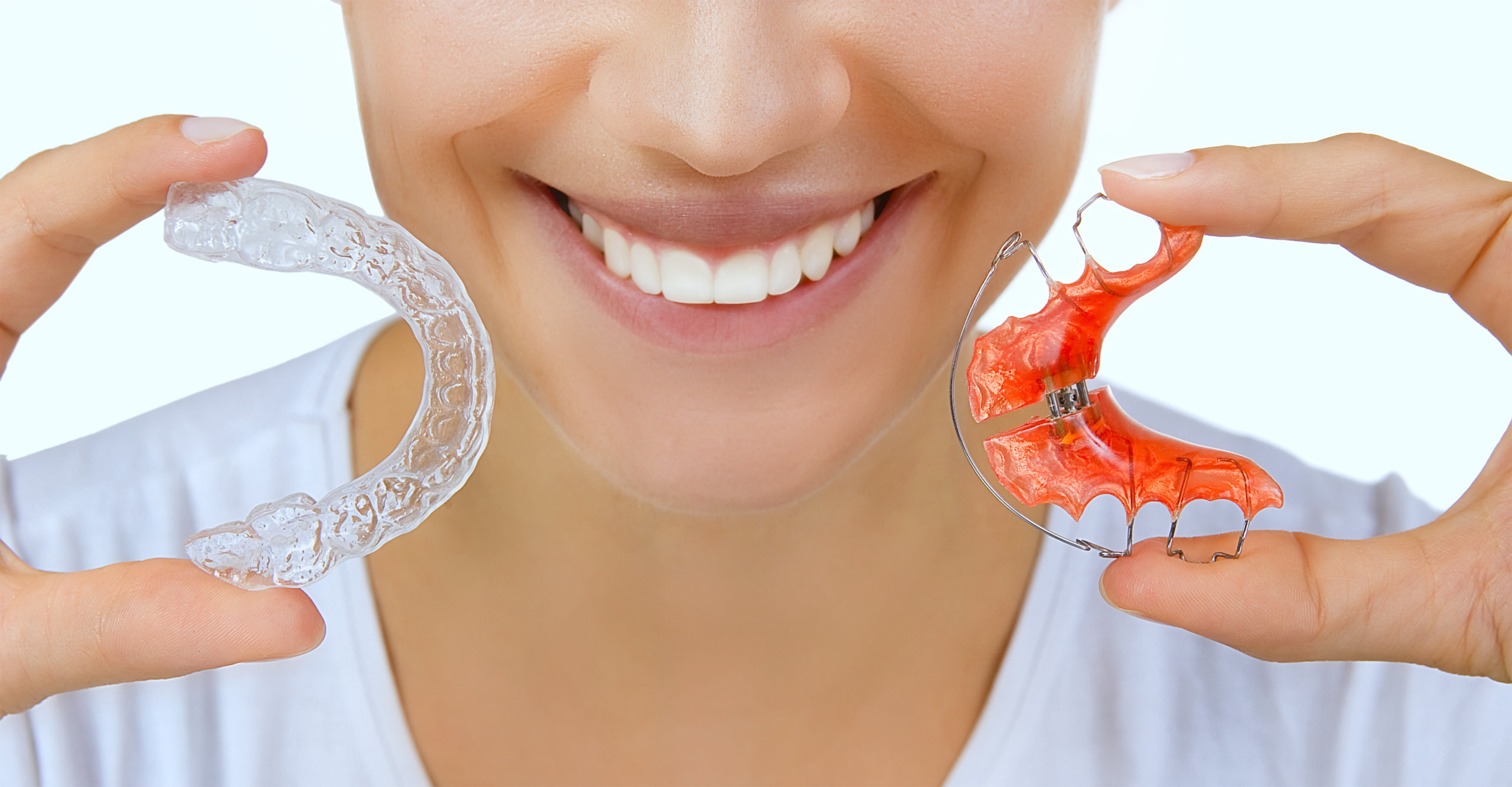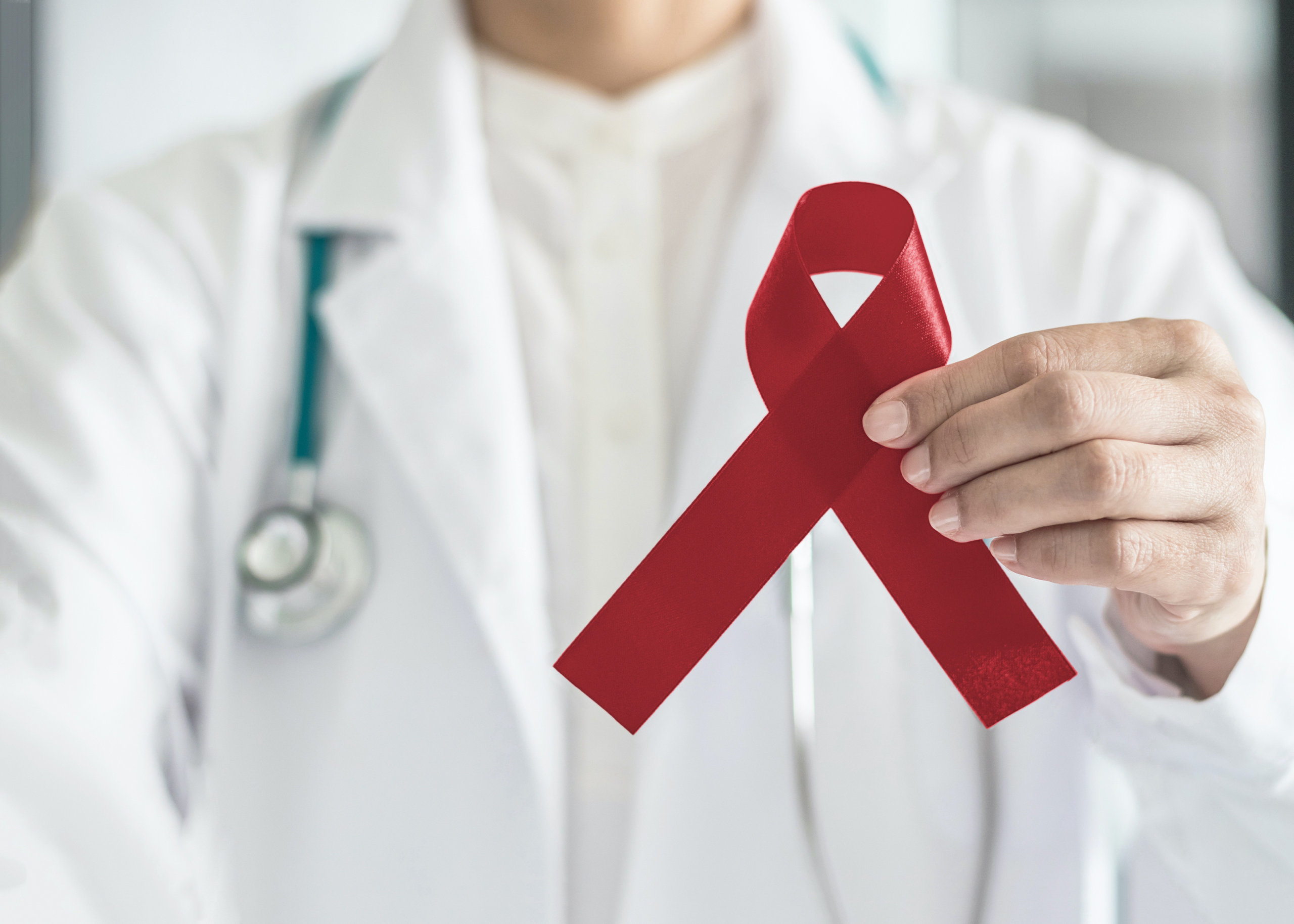Your Age and Braces

The optimal age to undergo treatment with braces from your orthodontist is typically between the ages of 10 and 14. If older teens or adults want to adjust or straighten their teeth, invisible braces, Invisalign, or Invisalign Teen may be a better option. If you are wondering how your age can impact the success of treatment with braces, keep reading!
Optimal Age for Braces
Orthodontists are dentists specially trained to predict how a person’s teeth and jaw will develop as they grow from childhood to their teenage years and into adulthood. They can spot potential problems before they develop, such as overcrowding of the mouth. Thus, it’s a great idea to bring your child for a visit around the age of seven to see if braces are recommended. Sometimes there are problems that can be fixed as early as 4 years of age. This type of orthodontic treatment is called Phase I or early intervention. Typically, expansion is indicated to help a kid avoid further problems later.
The best age to ensure the most successful treatment with full braces is between 10 and 14 for most kids. This is called Phase II or full orthodontic treatment. The teeth are more “cooperative” to major shifting from braces, and are more likely to stay in the proper place as an individual grows into adulthood. Most (or all) of a child’s permanent teeth need to be in place before treatment with braces.
Another thing your orthodontist will consider is the condition of the jawbone. The jawbone is still growing at this age, so it’s an optimal time for treatment with braces. Most of the different types of bite problems (overbite, underbite, and open bite) can be corrected between the ages of 10 and 14. This is because the jawbone will still be growing into the early 20s.
Braces for Adults
If you are an adult and you have always felt self-conscious about your teeth, you should know that you’re not too old for orthodontic treatment. Braces are not just restricted for use in young teens. Approximately one in four patients using braces in the US are actually adults!
After they have started their careers, most adults are not excited by the thought of suddenly showing up at work one day with traditional metal-and-wire braces installed on their teeth. We totally understand this at Valderrama Orthodontics. Fortunately, there are a lot of orthodontic treatments that are less obtrusive for older teens and adults that can straighten your teeth — without advertising your treatment to the world!
Invisible Braces
Invisible braces are made from ceramic or clear materials that attach to the outside of the teeth like normal braces. They’re not really “invisible.” That would be amazing. Please let us know if you invent these! But they are less visible than normal braces. Teens have the option to choose special colors for the wires, brackets, and bands on traditional braces; but if you don’t know anyone to know you’re wearing braces, invisible braces are a great option.
Invisible braces are also sometimes referred to as “bride braces,” because women opt for them as they get ready for those wedding day photos!
Lingual Braces
Lingual braces are attached to the backs of the teeth rather than the front. They’re unobtrusive and most people won’t notice you’re wearing them. However, lingual braces can be abrasive on the tongue and can affect your speech. They may not be the right option for many people.
Invisalign and Invisalign Teen
Invisalign products are amazing, and they are one of the most popular options available for people who need only mild to moderate shifting of the teeth. They’re as close to invisible as you can get for an orthodontic treatment. The clear aligners are made in a laboratory and fit your teeth perfectly while shifting them into the proper alignment. You’ll get new aligners every few weeks, based on your treatment program.
No one will know that you’re undergoing orthodontic treatment to correct your smile. Another great advantage of Invisalign and Invisalign Teen is that you can take them out for meals and tooth brushing. With braces, they stay in for 24 hours a day.
Contact Valderrama Orthodontics
If your dentist has recommended braces for your child or if you want to explore orthodontic treatments for straightening your teeth, contact Valderrama Orthodontics to schedule an appointment. We love serving our patients with braces or Invisalign in the Melbourne, Rockledge, and Viera areas in Florida!











Let's Get Social